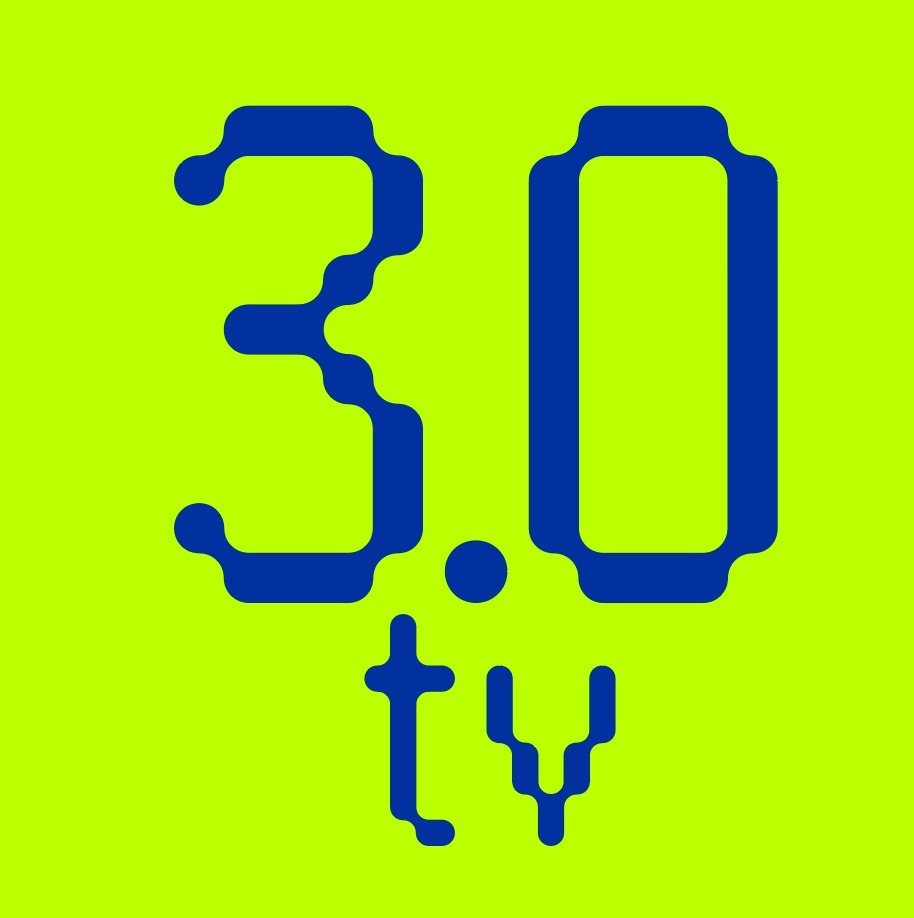You need to login in order to Like
Blockchain Abstraction Explained
By Kapil Rajyaguru
The concept of blockchain, or simply chain abstraction, has gained popularity on the web as developers, users, and enthusiasts look for methods to expand the reach of the whole cryptocurrency ecosystem and onboard new people.
Blockchain abstraction is the process of keeping the essential features of blockchain technology but streamlining the end-user experience by isolating it from the intricate underlying technology.
This eliminates the need for in-depth technical expertise and facilitates user and developer interaction with blockchain applications.
The Need For Blockchain Abstraction
Even if the usability of many blockchain apps has improved over time, some technological intricacies still frequently exist and can be difficult for regular users to understand. Users who are unfamiliar with blockchain may be accustomed to making whatever purchases they want with just US dollars or their credit card.
However, when they try to purchase an NFT for the first time, they can find that they do not have assets on the correct blockchain and are thus unable to complete the transaction. Or maybe they try to transfer USDT to their wallet but end up losing the money because they choose the incorrect network. An experienced “crypto native” user may find these tasks simple, while novice users may find them awkward and perplexing.
By making different blockchain networks more usable and interoperable, blockchain abstraction aims to address this. The capacity of various blockchain systems to interact, exchange data, and cooperate without any problems is known as interoperability. This implies that there are no middlemen involved in the movement of assets between blockchain networks. By creating apps with greater built-in interoperability, users might use DeFi protocols or NFT marketplaces more directly and avoid the need to bridge across chains.
Blockchain must abstract the complexity of HTTP and TCP/IP, or computers in general with Windows and Apple operating systems, in order to become widely used, much as the internet did. Blockchain abstraction seeks to mimic the usability of well-known web2 apps by offering recognizable user experiences, such as straightforward sign-ins and one-click interactions.
Examples of Blockchain Abstraction
Ethereum abstraction is exemplified via user-friendly interfaces. Transactions and private key management are made easier using wallets like MetaMask or Phantom. Users may transfer and receive cryptocurrency using more user-friendly interfaces akin to online banking apps, rather than having to cope with cryptographic technicalities.
For example, MetaMask makes blockchain technology accessible to everyone who knows how to use a browser extension by enabling users to engage with the Ethereum blockchain straight from their web browsers.
Over time, these wallets have also included features that give users more choices, such in-app bridging or swapping, which eliminates the need to locate and connect to an outside bridge in order to move assets across blockchains.
Because it can reduce the barrier to entry for users, the NEAR protocol, a Layer 1 blockchain that has incorporated certain parts of blockchain abstraction, is a key objective of its founders. Using human-readable accounts, which enable interactions using names rather than complicated wallet addresses, is one strategy.
By establishing connections between blockchain smart contracts and external data sources, middleware programs such as Chainlink offer an additional degree of abstraction. For applications like DeFi platforms that depend on real-world data, this is essential.
Speaking at a conference in South Korea, Ethereum inventor Vitalik Buterin also made remarks on account abstraction, stating that it is the means of offering security and ease to blockchain developers and users. The goal of Ethereum’s account abstraction standard, or ERC-4337, is to allow user wallets to function as smart contracts without requiring the management of privately held accounts that are owned by third parties.
More sophisticated features including social recovery methods, multi-signature wallets, and custom validation criteria that are implemented directly into user accounts are made possible by ERC-4337. Users can apply customized security measures and perhaps increase the resilience of their accounts against potential breaches and unauthorized access by moving validation logic from the core protocol to the account level.
ERC-4337 may provide users with significant advantages. For example, features like multi-signature authentication, which require several private keys to authenticate transactions and greatly lowers the chance of hackers, give users more flexible and secure methods to manage their accounts.
Furthermore, social recovery solutions lessen the effect of lost private keys by enabling users to access their accounts again through reliable acquaintances.
You need to login in order to Like
















